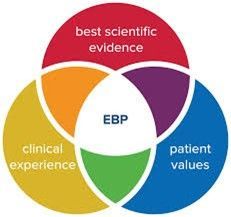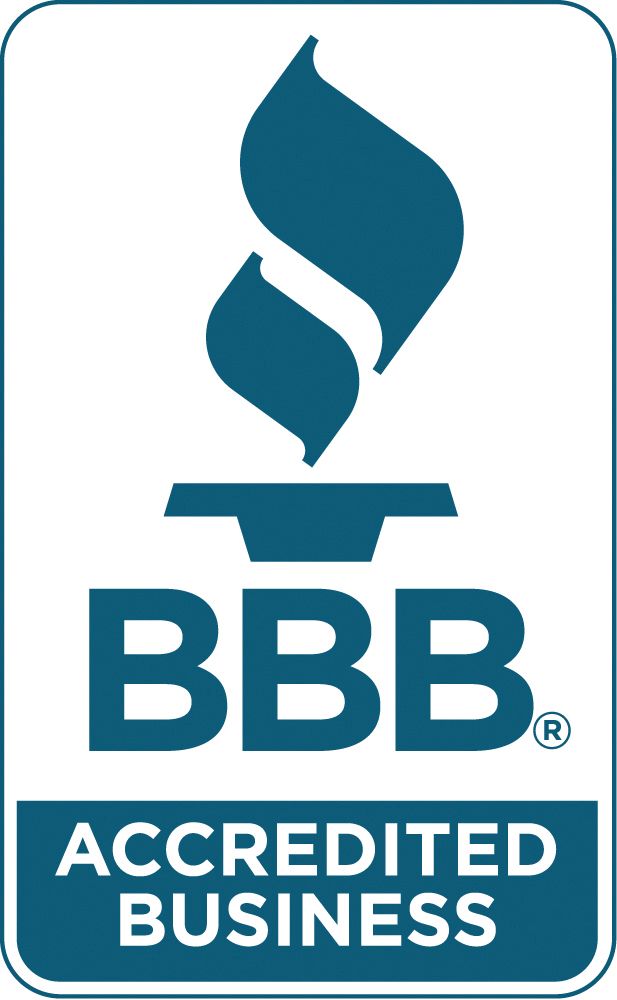Behavioral Health Grants: Find One in Your Lane
The closer to the organization’s “lane,” or its scope of expertise, the higher the likelihood it will be successful.

With the rapidly changing healthcare landscape, many organizations are exploring behavioral health grants. They see these as opportunities to expand their business or fill a gap in their services. But with thousands of grants, how does an organization make a decision on which to choose? The best approach is to find a grant that fits within their mission, their services, and their plans. In other words, the closer to the organization’s “lane,” or its scope of expertise, the higher the likelihood it will be successful.
Behavioral health grants are funding opportunities provided by government agencies, foundations, and other entities for the purpose of selecting and implementing programs or services. For example, Elevate Youth California offers opportunities for substance use prevention for youth and young adults in California, and grants.gov provides a multitude of different grant proposals nationwide. Some grants, such as those offered through the Amity Foundation, are for smaller organizations and prefer those with lesser revenue. The Mental Health Services Act, through their Children and Youth Behavioral Health Initiatives (CYBHI), offered funding for construction and new practices. Predominantly, these grants are for non-profit organizations, but they may also be open to for-profit companies or practices.
The organization interested in participating in behavioral health grants first needs to identify their current services and where there may be a gap. Suppose an agency provides mental health and residential services for youth, such as an STRTP or QRTP. They need more staff to provide intensive services. They would want to look for a grant for their type of program (STRTP/QRTP) that advances the clinical practices they offer. To branch into other services, such as outpatient or foster care, would be out of their “lane.” Funding agencies or grantors want to know how their specified grant will be spent, what experience the agency has, and how it would fit the proposed grantee. An STRTP would have a chance to offer a practice suited for their residential care but may have difficulty justifying a grant for them to expand into foster care or outpatient care. Another example would be a foster family agency that wants to provide a similar program, such as Family Preservation. They are expanding their services, but the two programs have identical services, such as case management and parent education. Their opportunity to apply would be optimal.
Behavioral health grants can be an added source of revenue while filling a gap in services. But any organization considering it should identify what they want to do and whether the grant opportunity is too much of a reach or within their scope or their lane.




